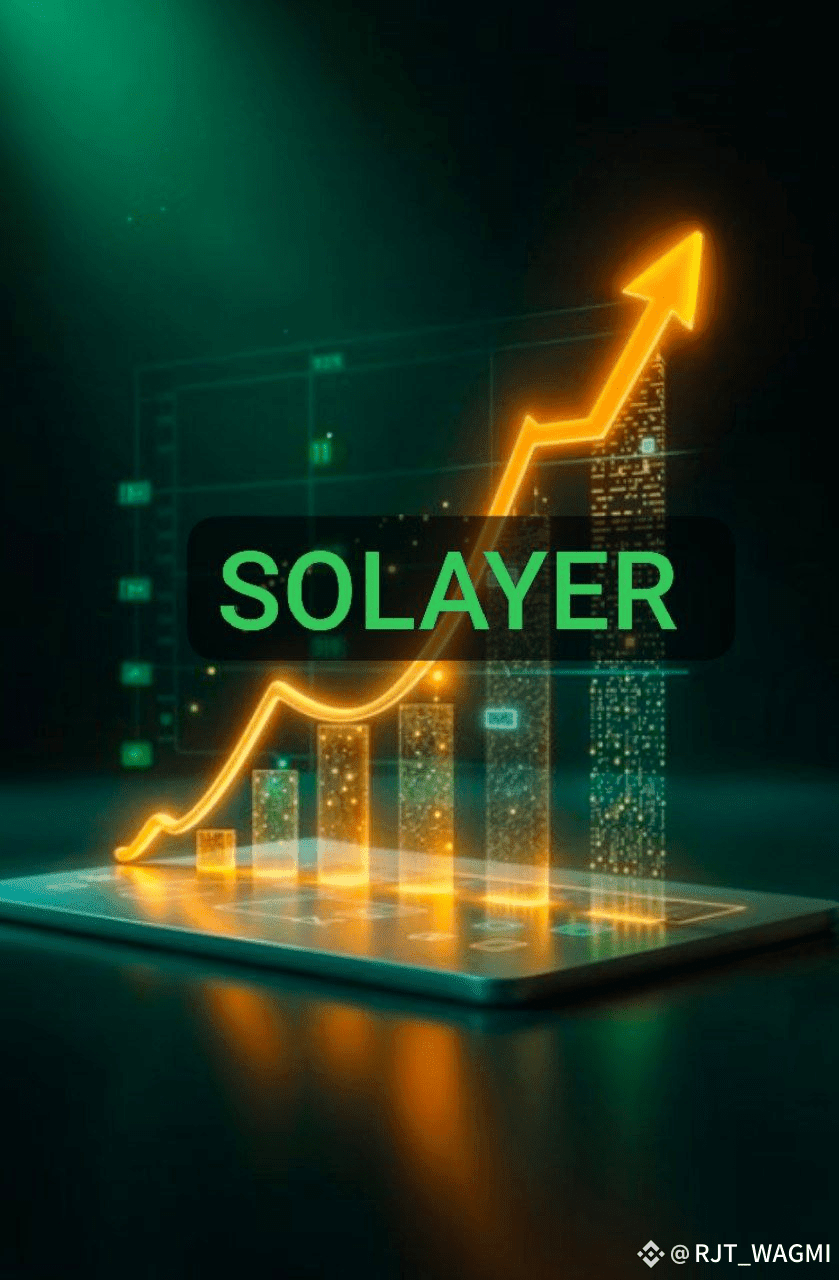A New Chapter in Solana’s Story
When Solana first burst onto the scene, its promise was simple: a high-speed, low-cost blockchain that could handle mainstream adoption. It delivered—yet as the ecosystem matured, cracks began to show. Network congestion, validator stress, and the sheer weight of new users hinted that even Solana had a ceiling.

Enter Solayer Labs. Rather than tweaking code endlessly, Solayer asked a harder question: what if scaling isn’t just a software problem? Their answer is hardware-first blockchain infrastructure, built to take the Solana Virtual Machine (SVM) into performance territory once thought unattainable.
InfiniSVM: Scaling Beyond Software
At the heart of Solayer lies InfiniSVM, a next-gen execution layer engineered for one purpose—push Solana past its bottlenecks without breaking compatibility.
Low-latency networking → InfiniBand, RDMA, and Software-Defined Networking (SDN) link validators with 100+ Gbps throughput, slashing communication delays.
Hardware acceleration → FPGAs and SmartNICs offload heavy tasks like transaction scheduling and cryptographic signature checks.
Parallel execution → A multi-executor model that allows transactions to run simultaneously, targeting an eye-popping 1 million TPS.
This isn’t theoretical. The InfiniSVM testnet launched in May 2025—and early results already show the system handling workloads far beyond current blockchain benchmarks.
Developer Experience: Zero Friction, Maximum Speed
Scaling often comes with trade-offs for developers. Solayer made sure that wasn’t the case.
No new learning curve → Full compatibility with Solana dev tools like CLI and Anchor.
Ultra-fast deployments → Launch an SPL token in 30 seconds for just $0.05.
Backward compatibility → Apps that run on Solana today will run on InfiniSVM tomorrow, only faster.
For builders, it means Solayer isn’t another ecosystem to learn—it’s an accelerator that supercharges what they already know.
Beyond Throughput: Solayer’s DeFi Stack
Speed alone doesn’t create adoption. Solayer is pairing hardware-first scaling with a vertically integrated DeFi layer designed to generate yield and bridge into real-world finance.
sSOL (Restaking Infrastructure) → Users can restake SOL to earn compounded rewards from Proof-of-Stake, MEV capture, and AVS services. This layer already boasts over $500M TVL.
Emerald Card (Crypto-to-Fiat Bridge) → A non-custodial debit card enabling near-instant payments (~0.4s per transaction) at point-of-sale, with 0.5–3% cashback in $LAYER tokens.
$LAYER Tokenomics → Governance, fees, and incentives all powered by a deflationary design, where 40% of protocol revenue is directed to buyback-and-burns. Already, 1.7% of the circulating supply has been destroyed during early testing.
By integrating both yield mechanics and real-world spendability, Solayer is one of the few infrastructure projects that’s more than just raw throughput—it’s usable finance.
$LAYER: Value Capture in Action
Unlike many utility tokens, $LAYER is designed with actual revenue flows in mind:
Deflationary Pressure → Buyback-and-burn continuously reduces supply.
Revenue Sharing → Stakers receive yield from InfiniSVM’s compute-leasing model, giving them exposure to scaling demand.
Ecosystem Utility → Payment rewards, gas, and governance fuel token demand.
At an $800M FDV, the token’s valuation feels modest against Solayer’s target markets:
$200B+ on-chain derivatives.
$40T+ global payments.
If Solayer can capture even a sliver, the economic upside is massive.
Progress and Backing
The difference between theory and traction is execution. On that front, Solayer is moving fast:
May 2025 → InfiniSVM testnet goes live.
Funding → $22M secured from tier-one VCs including Polychain, Hack VC, and ABCDE.
Adoption → $500M+ TVL flowing into its restaking module within months.
Momentum is real—and so is the institutional support.
Why Solayer Matters
Zooming out, three things make Solayer more than just another scaling solution:
1. Hardware-first scalability → Breaking past Solana’s transaction ceiling with real-world performance gains.
2. Seamless compatibility → Developers don’t need to adapt—apps just run faster.
3. Integrated utility → From staking yield to debit cards, Solayer builds infrastructure that touches both DeFi and day-to-day finance.
Final Take
Solayer isn’t playing catch-up—it’s reshaping the rules. By fusing hardware acceleration, economic alignment, and real-world finance, it transforms Solana from a fast chain into a foundational financial engine.
The takeaway? If Solana was already one of the fastest Layer-1s, Solayer is the afterburner strapped to its core. And this time, speed comes with yield, adoption, and tangible utility.
🔥 Solayer isn’t just scaling Solana—it’s supercharging it for the next wave of Web3.



